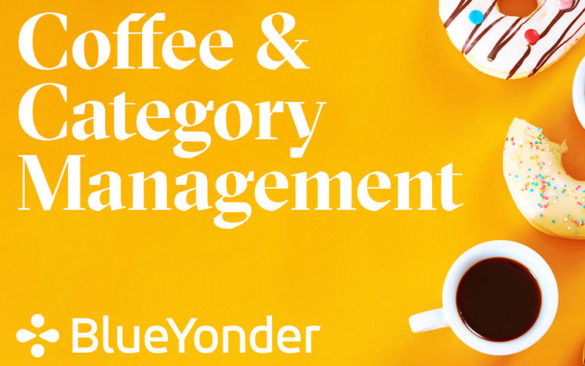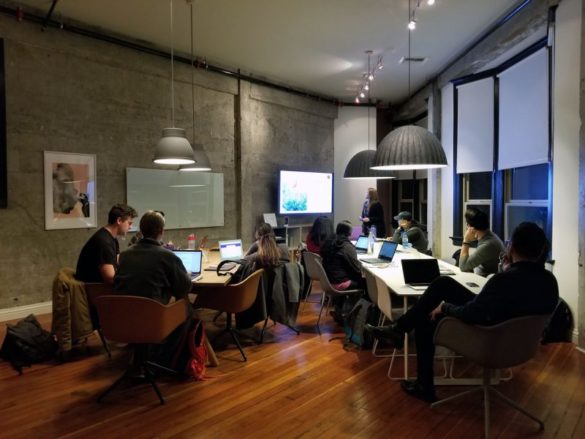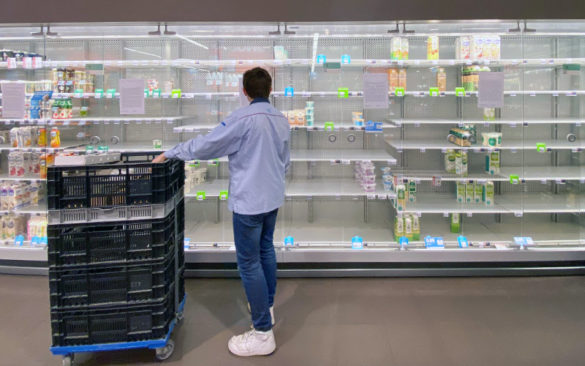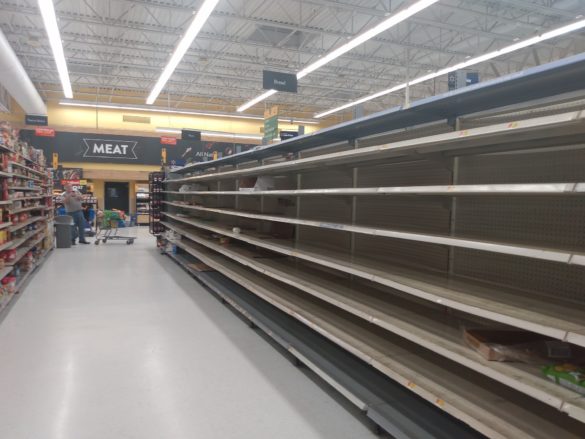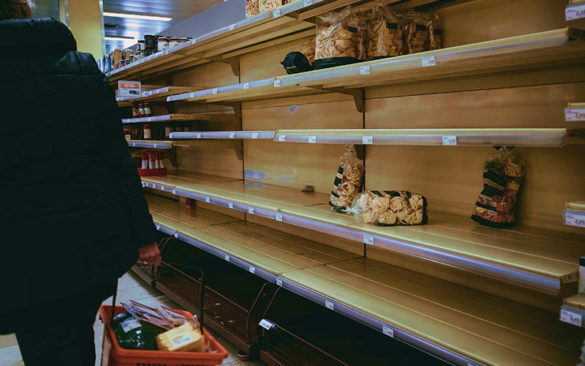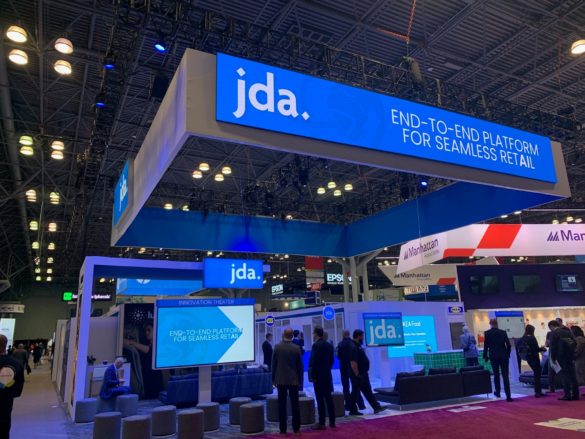Greater Importance of Retailer and Supplier Collaboration
The new normal in planning needs to incorporate some traditional planning processes, but with changes to go-to-market. There should be a greater understanding of consumer confidence, manufacturing location, contingency planning, diversity in the supply chain, and leveraging not just data, but insights on how the consumer responds to purchase consumption.
How the COVID-19 Crisis Will Continue to Affect Retail Supply Chain Thinking
Supply chain management professionals have seen a lot over our careers. From a retail supply chain management perspective, it was a matter of understanding which throttles to slow down and when to speed things back up as the recovery took hold. There is some value to looking at how our supply chain thinking will fundamentally change in the months to come:
Crisis Response: Dealing with Here and Now with Your Workforce
Organizations have been battling store closures, panic buying and much more due to the COVID-19 pandemic. Managing employees’ safety and health, stock levels, supply chain disruption, store recovery, and customer service during this crisis has become a herculean task. Many organizations have had to close their doors either by choice or by regulations. This will have both an immediate and longer-term impact.
COVID-19 Survey: Consumer Trends and Their Impact on Retail Supply Chains
As the world adjusts to a new set of norms in response to the COVID-19 crisis, the phrase “business as usual” continues to take on new meaning for the economy, organizations, consumers, and the supply chains that support their daily demands.
What Retailers Need to Consider to Come Out Ahead from Times of Uncertainty
During times of distress, nothing brings comfort like returning to basics and simplicity. As the impacts of the COVID-19 continue to evolve, consumers are faced with unprecedented disruptions to these basics while retailers are scrambling to understand impacts on their supply chain. The one constant, though, in all the chaos: retailers remain focused on servicing customers and keeping their employees working.
How COVID-19 Will Impact Softline Retailers
Softline retailers have been battling store closures and traffic declines in malls for several years. They have made moves to shift toward experiential retailers. They have deployed omni-channel capabilities like buy online pickup in store (BOPIS) and buy online return in store (BORIS) to drive traffic and deliver a seamless experience for customers. Ultimately, softline retailers were just starting to see the light at the end of the tunnel… until COVID-19 coronavirus arrived.
Improving Livelihood during Crisis with Retail Forecasts
As with hand washing, what might be deemed standard needs to be reevaluated for quality in your forecasts. Even if you are not consistently managing your exceptions and tuning your forecasts right now, these critical set of steps will ensure the cleanliness and usefulness of your demand forecasts for the next week, month and year ahead.
Key Takeaways from NRF 2020
Well, it’s that time of the year again – wher…
Leveraging AI to Minimize Markdowns [Video]
Artificial intelligence (AI) is changing the …
4 Questions with IKEA Food’s Digital Transformation Leader, Lars Gunnarsson
NRF 2020 is right around the corner, and we a…

